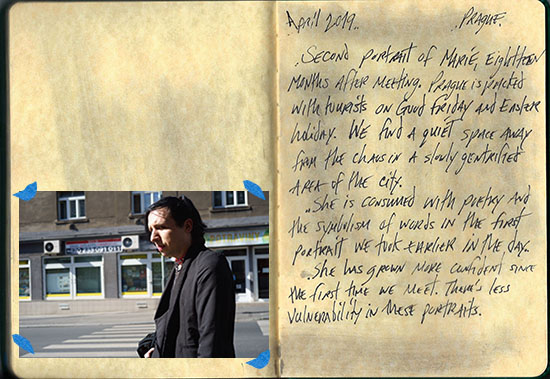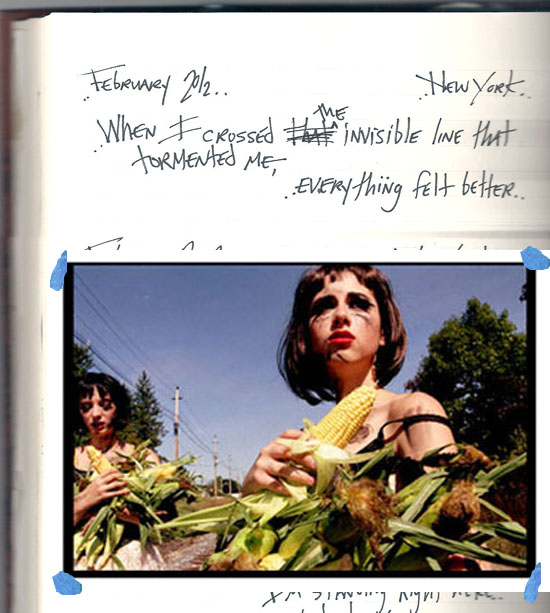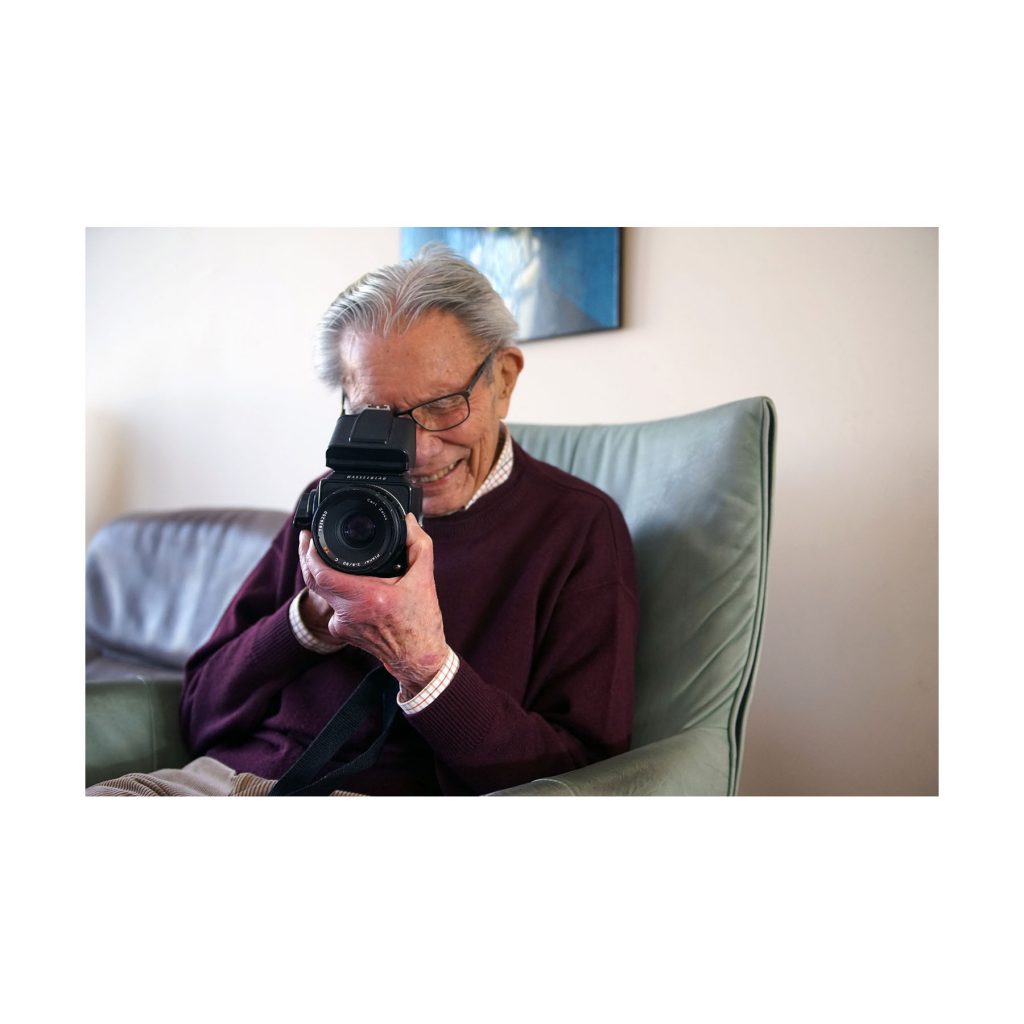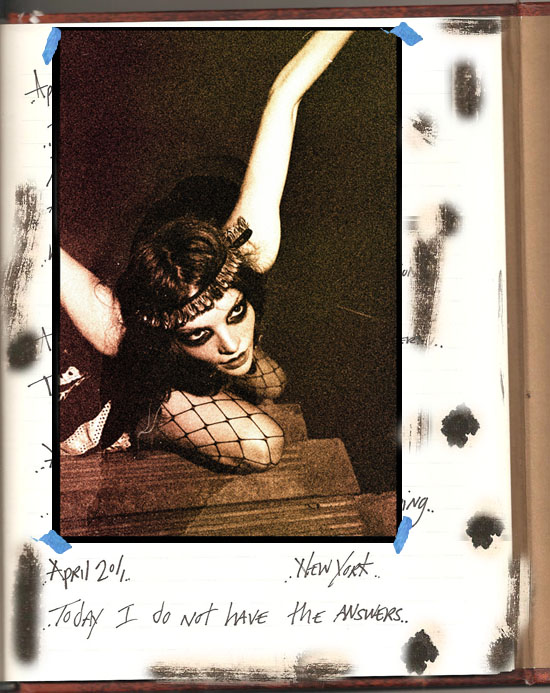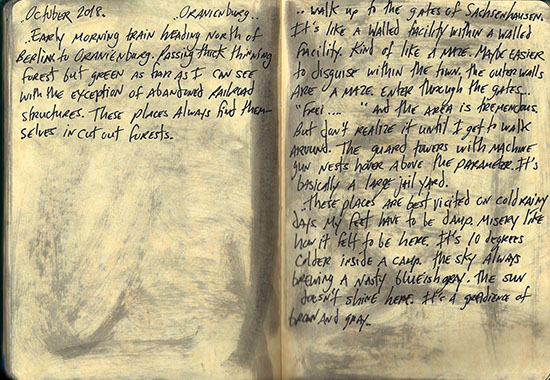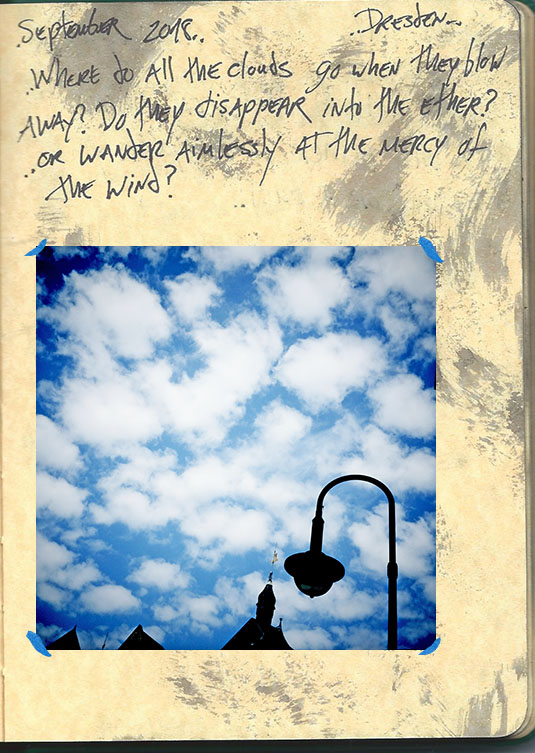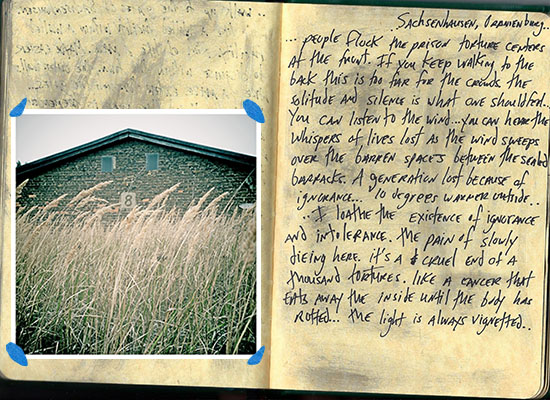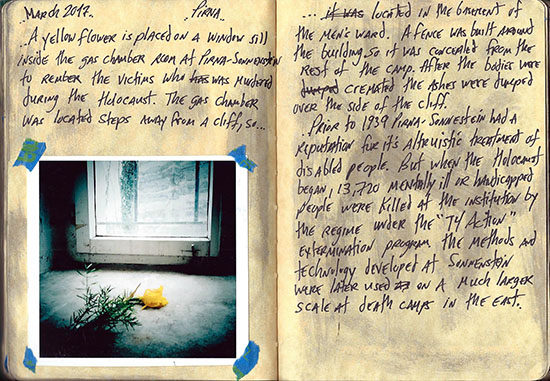
Pirna Sonnenstein
July 28th, 2019
Fragile
July 19th, 2019Willy Buchel van Steenbergen
July 14th, 2019
..July 2019.. ..Waalre, Netherlands..
“In 2014 I was officially recognized as an hibakusha by the Japanese government. It’s gratifying that the Japanese government recognized that I was there when the atomic bomb was detonated because the Dutch government didn’t care about any of the Dutch who were in Nagasaki. Soon after I visited Nagasaki together with my three daughters. I wanted to show them some of the places I had been during the war to let them know what kind of impact the experience had on my life. But I didn’t tell them the most severe details. I haven’t told my story to many people because it is so intense.” -Willy Buchel van Steenbergen
I received the sad news that atomic bomb survivor Willy Buchel van Steenbergen passed away on July 10th. He was 99 years old. I photographed him at his home in Waalre, Netherlands. Mr. Buchel was one of two former Dutch POW’s who experienced the atomic bomb in Nagasaki who I photographed during 2015.
Mr. Buchel was serving in the Royal Netherlands East Indies Army (KNIL) when he was taken as a prison of war by the Japanese when they invaded Java in 1942 (at the time Java was a part of the Dutch East Indies) and later sent to Fukuoka Camp 14 in Nagasaki. He was used as a forced laborer until the end of the war in August 1945. He was one of 120 Dutch POW’s to survive the atomic bombing of Nagasaki.
There were two camps holding Dutch POW’s in Nagasaki. Fukuoka Camp 14 was located near the Nagasaki Station. It was close to the hypocenter and heavily damaged. Most of the POW’s who survived the bombing lived less than ten years after. Most likely perishing from the effects of radiation exposure.
Mr. Buchel’s experiences were very unique because he not only survived the atomic bomb but also because of his heritage. After WWII his story became more complicated when the Dutch lost the colonial war in what is now Indonesia.
“All of my family in the Dutch East Indies survived the Japanese Occupation during the war. My father contracted tuberculous and didn’t have to go to an internment camp because the Japanese quarantined the sick. A mark was drawn on the house to signal someone was ill. My mother, who considered herself Dutch, didn’t have to go to the camps either because the she was half Indonesian. The Japanese considered her Indonesian.
I came to the Netherlands in 1950. There was a colonial war between the Netherlands and the native Indonesians in the Dutch East Indies immediately after WWII. When the Dutch lost its colony I couldn’t remain in the place where I was born and grew up. I lost my country and fatherland. Many who came here had the same feeling. After many years I went to visit the area where I was born – it was very different.”
I had heard about former Dutch POW’s who experienced the atomic bomb. It took me years to find Mr. Buchel. When my contact got permission from him to meet, my trip had to be delayed days before my departure because he was hospitalized with ammonia. Then during a snowy morning in January 2015 I finally met him. That morning I sat in the Amsterdam train station waiting hours for my delayed train thinking that it might not happen. But the winter sun burst through and melted the snow on the tracks.
In the years after, I’ve spoken to many Dutch people who have no idea there were Dutch atomic bomb survivors. All of them were surprised when I told them about Mr. Buchel. There was a book written in Dutch about Fukuoka Camp 14 but it went out of print shortly after it was published either in the 1960’s or 1970’s.
I was fortunate to have met Mr. Buchel. He wrote me letters which usually arrived at my home around the holidays. I feel lucky to have the opportunity to call him my friend. I’ve posted a portrait of him at his home and another of him holding my Hasselblad camera.
Fragile
July 13th, 2019Fragile
July 9th, 2019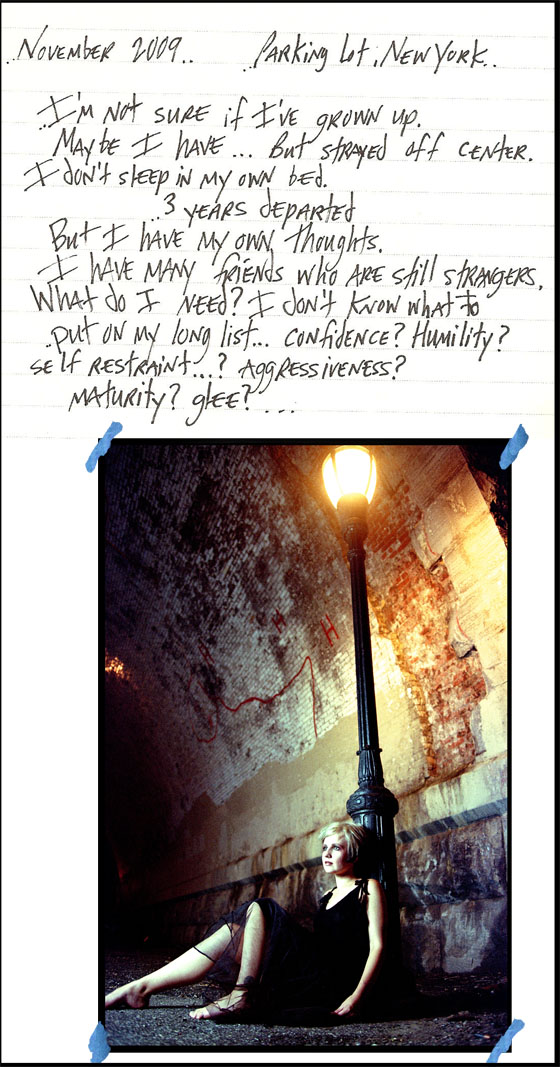
Marie
July 8th, 2019